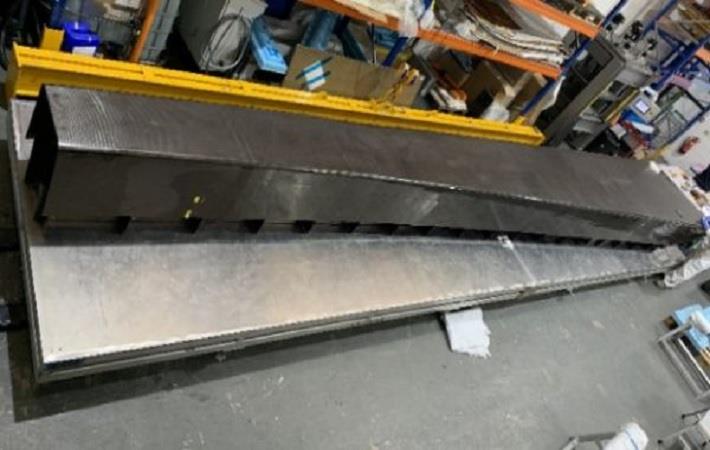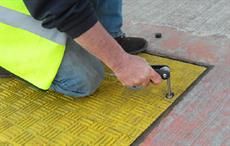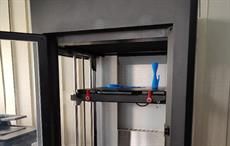A recently completed UK government-funded programme has demonstrated the viability of a new materials development that has the potential to bring significant time and cost savings to aerospace composite tool designers. It delivered a fully functional composite tool, demonstrating the potential for lower costs, while maintaining the highest performance.
Partners in the NATEP technology programme were Composite Tooling and Engineering Solutions (CTES), SHD Composites (SHD) and Applied Graphene Materials (AGM).A recently completed UK government-funded programme has demonstrated the viability of a new materials development that has the potential to bring significant time and cost savings to aerospace composite tool designers. It delivered a fully functional composite tool, demonstrating the potential for lower costs, while maintaining the highest performance.#
SHD, working closely with the project partners, has developed a prototype tooling material that combines cure at initial low temperatures (80-90 degree Celisus), with the ability to be post-cured to achieve a maximum service temperature in excess of 300 degree Celsius. This cure flexibility enables the use of low-cost pattern materials and progression to a final production tool without the need for an expensive, time consuming and accuracy-losing intermediate tool phase, or manufacture of an expensive, metallic master model.
The tooling resin chemistry has been enhanced by the addition of AGM’s A-GNP35 graphene nanoplatelets, significantly enhancing the matrix toughness and providing extra resilience against variations in processing conditions and resin micro-cracking over repeated production cycles. The graphene can be applied into the tool structure by addition into the bulk tooling material or discreetly targeted at critical regions by means of AGM’s Structural Ink printing technology.
The new material has been developed with cost savings to major aerospace programmes in mind and in a technology zone where materials choice and tool design are inextricably and critically linked. The demonstrator was a 10 metre long CFRP AFP mandrel tool, engineered by CTES (manufactured by Retrac Composites, Swindon) and was purposely chosen as representative of the industry’s latest and highly demanding requirements.
The project team will be disseminating more details through industry forums, however the outcome was successful, delivering a fully functional composite tool and demonstrating the potential for significantly lower costs, while maintaining the highest performance.
Although the new materials technology remains at the prototype/prove-out stage, the project partners are already actively engaged with interested parties. The development work has also progressed to the processing of the material “out of autoclave”, as well as the potential for applications in prototype tooling for high performing thermoplastic materials.
Fibre2Fashion News Desk (SV)


